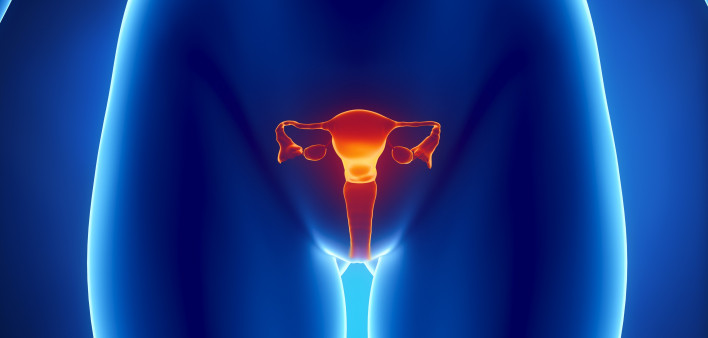HIV-positive women who are treated for precancerous cervical lesions are more likely than women without the virus to wind up with persistent or recurring abnormal cells on the cervix, aidsmap reports.
Publishing their findings in Clinical Infectious Diseases, researchers conducted a systematic review and meta-analysis of 40 studies, including four clinical trials, 16 observational cohort studies and 20 retrospective studies, of HIV-positive women who had cervical abnormalities. The 3,975 women were followed for at least six months after receiving treatment for such precancerous lesions. Ten of these studies included comparison groups of HIV-negative women—3,638 such participants all told.
Treatment for cervical precancer was considered a failure—defined as the persistence of grade 2 or higher abnormal precancerous cells on the cervix—among 21.4 percent of the HIV-positive women. Following treatment, half of the women had cervical abnormalities of any grade, whether persistent precancerous cells or new developments of such cells.
In the studies with HIV-negative comparison groups, 23.4 percent of the women with HIV and 9.5 percent of the women without the virus experienced failure of treatment for precancerous cervical lesions. This meant that HIV was associated with a 2.7-fold increased likelihood of such treatment failure, not to mention about a 5-fold increased risk of having any grade of cervical abnormalities following treatment.
Notably, this paper is limited by the fact that not all studies included data on women’s CD4 count, a factor associated with outcomes of cervical precancer treatment. Therefore, the study cannot provide guidance on how HIV may be linked to failure rates of such precancer treatment among women who are on successful antiretroviral treatment and have a high CD4 count.
To read the aidsmap article, click here.
To read the study abstract, click here.







Comments
Comments